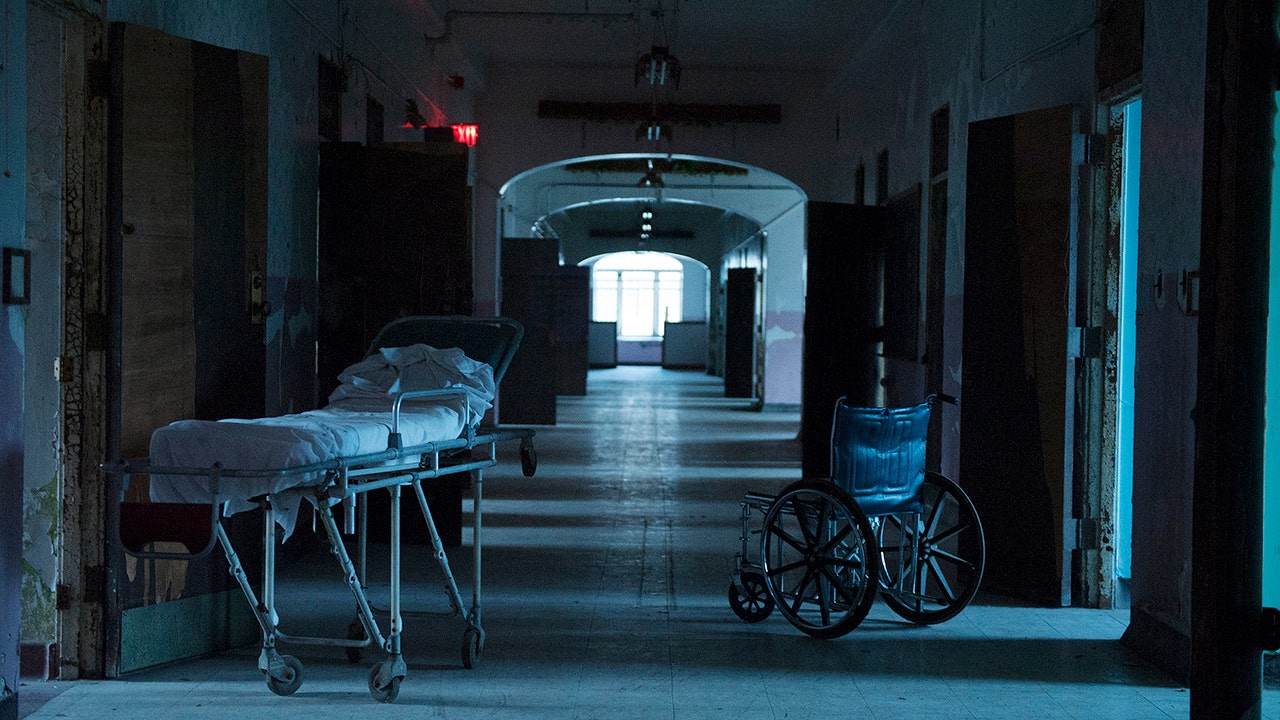In the predawn darkness, a procession of druid priests in white robes carry banners by the monoliths of Stonehenge, the ancient British archaeological site. There is an aroma of burning sage; a bagpipe calls in the distance. As dawn approaches, fever-pitched drumming mounts. If you hadn’t already felt the power in the stones at this summer solstice celebration, there is no denying the physical vibration as the sun rises in alignment with the stone circle.
Most of the time, visiting Stonehenge — which is owned by the British crown and managed by English Heritage, a nonprofit that oversees more than 400 of the country’s historic sites — requires purchasing tickets and keeping far away from the stones, which are normally cordoned off by ropes. But since 2000, four times a year, on the solstices and equinoxes, the ropes come down and visitors are invited to wander the stone circle, staying overnight and past sunrise if they wish.
On Thursday, to mark this year’s summer solstice, the monument opened at 7 p.m., as visitors began arriving on shuttle buses from nearby Salisbury, a trip that took most of an hour in traffic. The rules were strict: Blankets for picnics and warmth are allowed, but no camping equipment or chairs. Snacks are OK. Alcohol is prohibited.
The crowd ebbed and flowed, with an evening wave of tourists who came to picnic, then left before nightfall. People staying overnight faced evening temperatures of about 50 degrees Fahrenheit without shelter. Those who stayed drummed, chanted and communed with the stones, which were lit by a nearly full moon and purple floodlights. Flower crowns topped many heads. The intensity built through the night and picked up with faster drumming and chanting when the sky lightened just before 4 a.m.
There were also food trucks offering wood-fired pizzas, loaded fries, curries and doughnuts, and a merch tent for souvenirs.
Arthur Pendragon, 70, a modern-day druid (the ancient druids were Celtic priests), wore white robes with an embroidered red dragon, chunky silver rings and a silver dragon crown. He called the stones “a cathedral.” Charlotte Pulver, 45, an apothecary from Hastings who specializes in natural remedies, has been coming to the site for 12 years. She said it feels “special to gather in community to honor these tides and alignments of the earth.” Some American tourists in the U.K. to see Taylor Swift’s Eras Tour had “decided to swing by.” In all, about 15,000 people visited.
Crowds walked the interior of the circle, touching the sarsens (sarsen refers to the type of sandstone used at Stonehenge) placed here around 4,500 years ago. Some held ceremonies, welcoming the new season with chants of “heart to heart and hand to hand.” Some placed their hands on the stones and closed their eyes, seeming to draw power from them. The surfaces are gray and uneven, scarred with graffiti from the Bronze Age and, on one, a carved signature from Christopher Wren, the architect of St. Paul’s Cathedral in London. The orange powder sprayed on them in a climate protest on Wednesday had already been washed away.
The monument has been credited to various groups over its history, including Phoenicians, druids and Romans. Jennifer Wexler, a historian for English Heritage who specializes in prehistoric sites, said that the archaeological consensus is that Stonehenge was built in stages and used differently over thousands of years, from the late Neolithic period to the early Bronze Age, or between about 3000 B.C. and 1500 B.C.
The druid link is hazy but is undoubtedly part of Stonehenge’s modern identity. In the 17th century, one of the early excavators suggested that the druids were the likely builders. Even after this was disproved (the earliest known references to the druids date to the 4th century B.C., well after research suggests Stonehenge was built), the idea stuck.
It’s fitting that a modern group, inspired by the past, has co-opted Stonehenge for its own use. As the archaeologist Jacquetta Hawkes wrote in a 1967 essay titled “God in the Machine”: “Every age has the Stonehenge it deserves — or desires.” The poet William Blake called it a “building of eternal death.”
Appreciation of the sun and the solstice echoes down the centuries in Britain, with references in Anglo-Saxon literature and ties to the Medieval mystery plays. Of course, there’s also Shakespeare’s “A Midsummer Night’s Dream.”
Britain’s relatively northern position means there is less than six hours of light in midwinter, but at the solstice the sun rises before 5 a.m. and doesn’t set until almost 9:30 at night.
Dr. Wexler, the English Heritage historian, said the solstice alignment is at the center of Stonehenge’s design. This is perhaps not surprising given how prominent the sky and seasonal rhythms would have been in the late Neolithic period: the movement of the sun and the stars dominated life.
Druid Chris Park, 51, a member of the Order of Bards, Ovates and Druids from Oxfordshire, is an artist and beekeeper. He said he sees the solstice as something that transcends religions and nationalities because it is accessible to all and therefore “can unify us in meaningful moments of peace and celebration.”
At 4:52 a.m. on Thursday, standing in a field on Salisbury Plain, with druids in white robes and tourists wrapped in blankets, we were all looking in one direction at the same time (albeit some of us through phone screens). This collective attention to the sun was a link to each other and to those who stood in this place 5,000 years ago to gaze at the sun from the same angle — appreciating darkness giving way to light.






